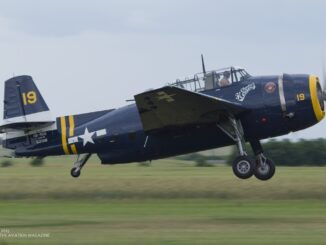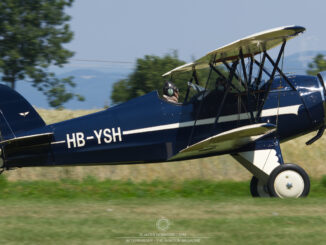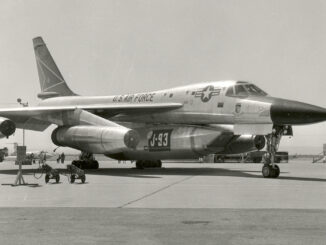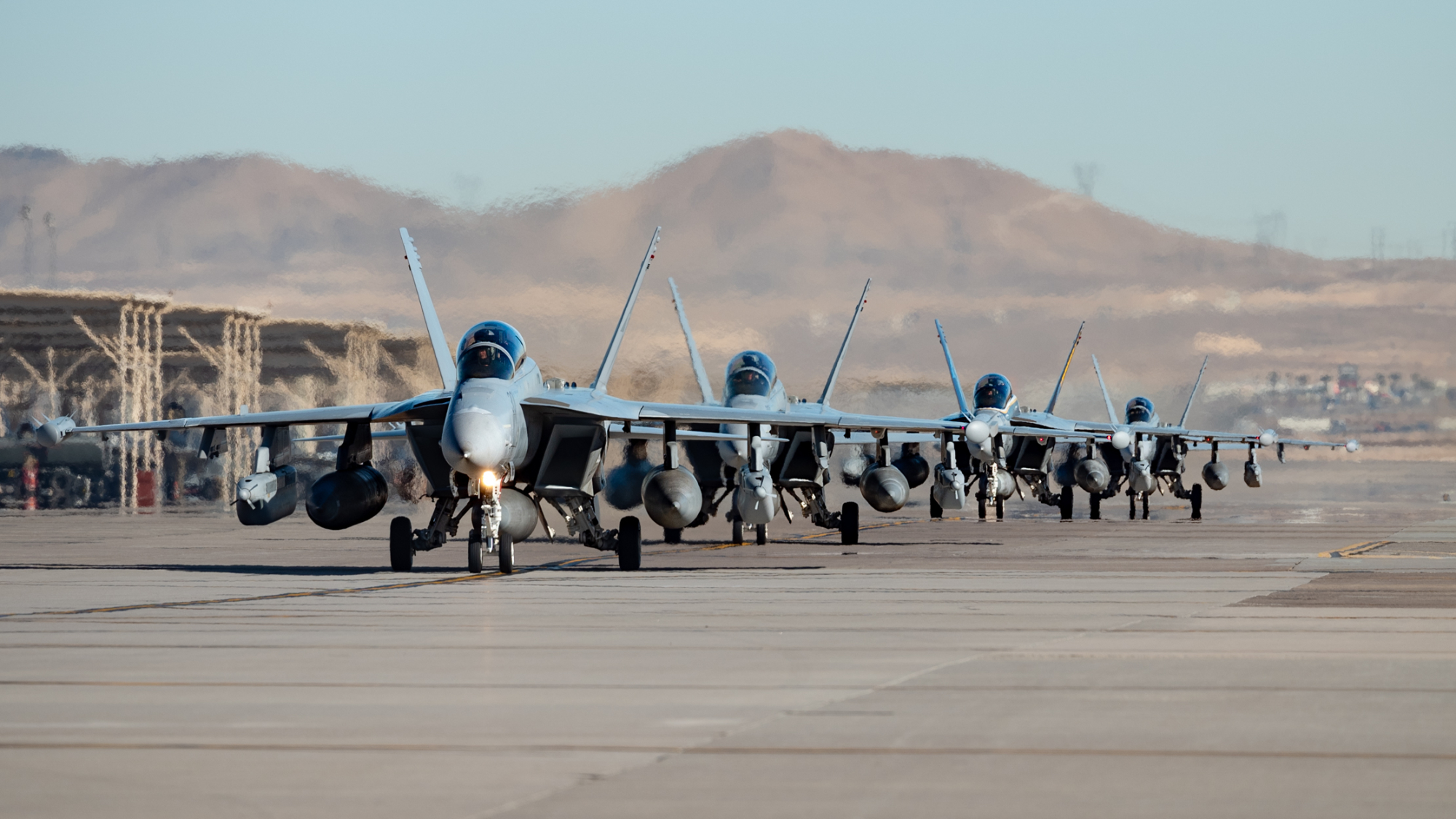 The Red Flag is an advanced aerial combat training held by the United States Air Force (USAF). Since its debut on 29th November 1975, the exercise has brought together many aircrews from the USAF, the US Navy, the US Marine Corps, the US Army, as well as air forces from NATO and other US-partnering countries.
The Red Flag is an advanced aerial combat training held by the United States Air Force (USAF). Since its debut on 29th November 1975, the exercise has brought together many aircrews from the USAF, the US Navy, the US Marine Corps, the US Army, as well as air forces from NATO and other US-partnering countries.
The Red Flag exercises are led by the 414th Combat Training Squadron (414 CTS) of the 57th Wing (57 WG) and supervised by the United States Air Force Warfare Center (USAFWC), both based at Nellis Air Force Base (AFB). Every year, three to six events within the Red Flag exercise are hosted by Nellis AFB in Nevada, plus up to four more that are also organized at Eielson AFB in Alaska.
The mission of every fortnight-long part of that aerial exercise is to provide a realistic training environment for military pilots and other flight crew members, as well as a pre-flight and post-flight training forum to encourage the free exchange of ideas between the participating crews, thus maximizing their cooperation capabilities, combat readiness and survivability.
To achieve that, military aviation units from the United States and its allied countries engage in realistic combat training scenarios conducted within the Nellis Range Complex (NRC), as well as use live ammunition for bombing exercises within the Nevada Test and Training Range (NTTR).
The first stage of the exercise in 2025, codenamed Red Flag 25-1, marking 50 years of this top-notch military aviation training exercise, took place from 27th January to 14th February. The 25-1 event highlighted the continuing legacy of the Red Flag in preparing its participants for combat readiness and enhancing their effectiveness in the face of ever-changing threats.
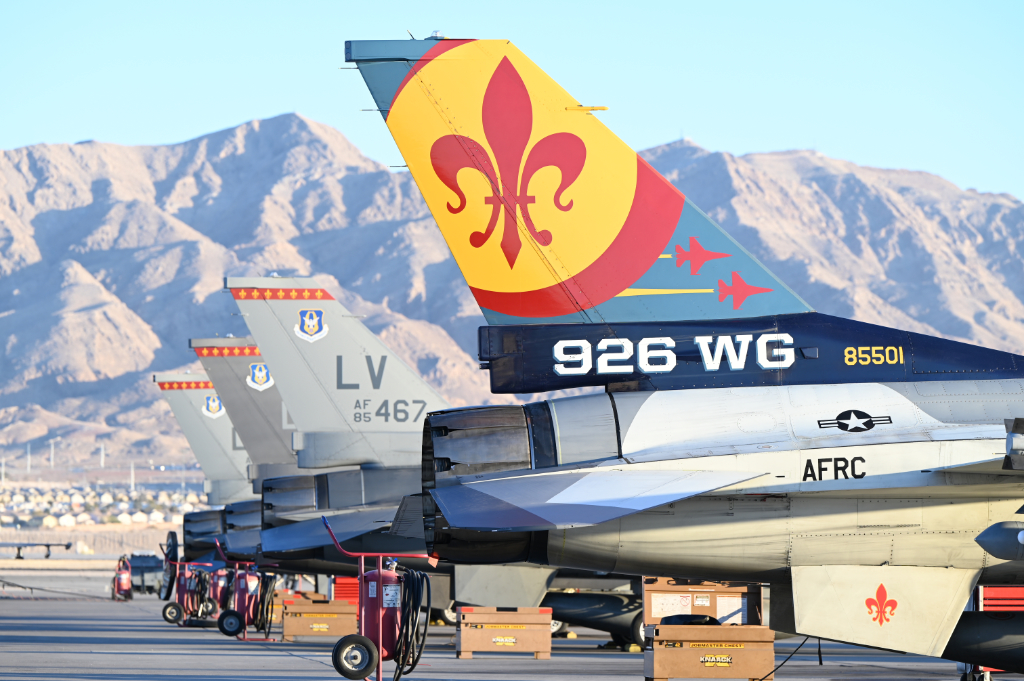
For half a century now, the Red Flag exercises have provided military air units with realistic training to prepare for combat against changing adversaries. That, what started in 1975 to incorporate lessons learned from the Vietnam War, has evolved over time into a multinational training, during which participants from as many as twenty-nine countries improve their combat skills and cooperation abilities in combined, allied operations. This year, within the framework of the Red Flag 25-1, the USAF joined forces with its allies from the Royal Air Force (RAF) and the Royal Australian Air Force (RAAF), which brought critical expertise to the fight.
To take part in the Red Flag 25-1, the RAF deployed a Boeing RC-135 Rivet Joint aircrew from No. 51 Squadron, Air Operations Controllers from Nos. 19 and 20 Squadrons, along with eight Eurofighter Typhoon fighters and Airbus Voyager KC3 air-to-air refuelling and strategic air transport aircraft.
The RAAF took a part in the exercise with its biggest contingent yet, deploying about 430 personnel and 17 aircraft, featuring F-35A Lightning II and F/A-18F Super Hornet fighters, EA-18G Growler electronic warfare aircraft, E-7A Wedgetail Airborne Early Warning and Control (AEW&C) aircraft, as well as 41st Wing Tactical Command and Control team.
‘Integrating combat capability is what Red Flag is all about and being ready for integrated combat operations with our Allies is key to success in any potential future conflict. The Royal Air Force and Royal Australian Air Force bring not only advanced capabilities but also a wealth of operational experience that enriches everyone’s experience in this exercise. Red Flag is where we come together as one team to sharpen our edge, build trust, and prepare for tomorrow’s challenges today.’ – said Col. Eric Winterbottom, commander of the 414th Combat Training Squadron, USAF.
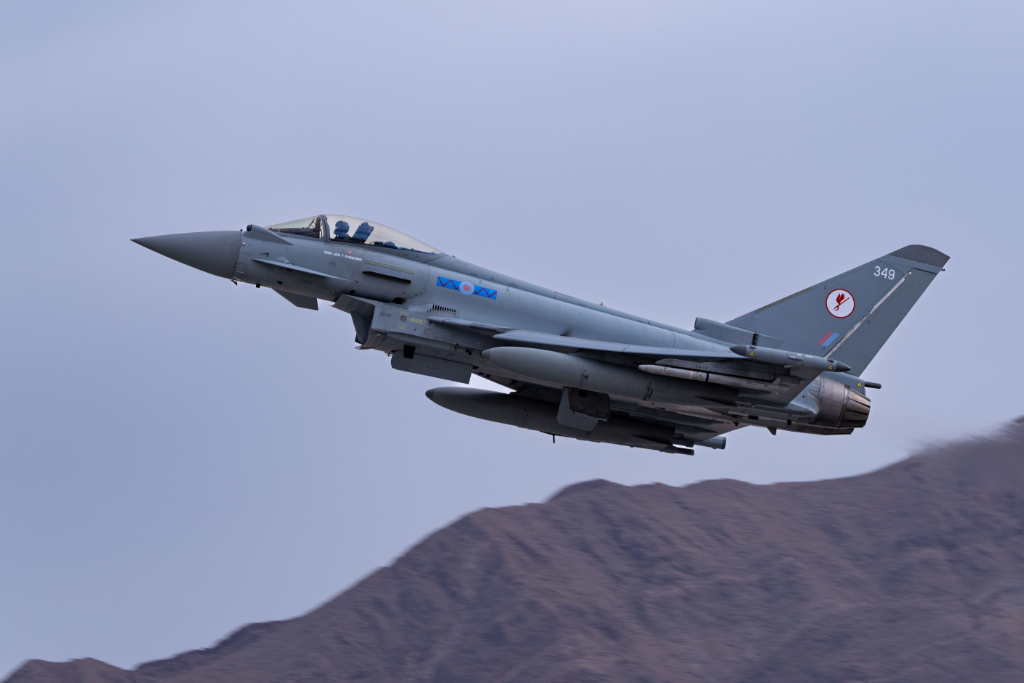
The Red Flag exercise focus on overcoming the complexities of Great Power Competition with a particular emphasis put on integrating air, space and cyber capabilities of the participants to counter advanced threats. Training scenarios challenge the involved units to operate in contested and degraded environments, forcing rapid decision-making and teamwork under pressure. During the Red Flag 25-1, the RAF and RAAF units played key roles in these scenarios, demonstrating their ability to smoothly integrate with the US forces in various and very dynamic combat situations.
Shortly after the Red Flag 25-1 was finished, another phase of the exercise, Red Flag 25-2, was organized between 10th and 21st of March 2025. This time, the Nellis AFB welcomed as much as 1,500 participants from fifteen units of the USAF, the US Air National Guard, the US Marine Corps, the United Arab Emirates Air Force, the Royal Saudi Air Force, and the Turkish Air Force.
The 552nd Air Control Wing from Tinker AFB in Oklahoma became the lead wing for this part of the exercise, tasked with arranging the manoeuvres engaging in the complex mission scenarios against powerful ‘aggressor forces’.
The ‘aggressor forces’, developed specifically to simulate the tactics, techniques and equipment of potential opponents, play a key role in every Red Flag exercise, bringing realism to each trained scenario. The strong emphasis on replicating real-world threats comes directly from the already mentioned historical lessons that led to the creation of the Red Flag.
‘By conducting realistic training scenarios in a controlled environment, Red Flag enables aircrews to hone their skills, which is crucial given that studies have shown the first ten combat missions pose the highest risks.’ – said Col. Eric Winterbottom, 414th Combat Training Squadron commander, USAF.
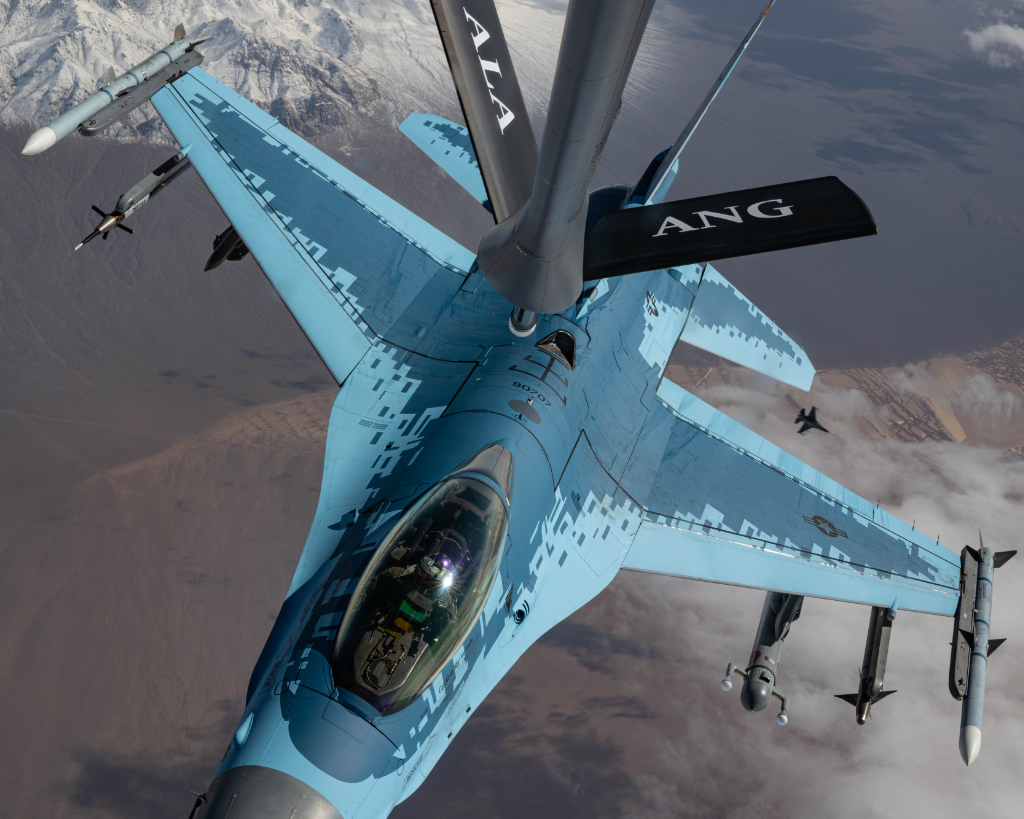
Nowadays, the USAF and allied forces aircrews arrive at Nellis AFB several times a year to perform those first ten combat missions in a realistic but controlled environment conducted at the 2.9 million square acre of NTTR. Thus, the Red Flag offers very extensive combat scenarios that soldiers can challenge themselves with.
‘Red Flag-Nellis 25-2 exemplifies how international collaboration transforms our air combat capabilities, as diverse units come together to enhance operational readiness and foster long-term relationships.’ – added Colonel Winterbottom.
The exercise Red Flag 25-2 highlighted a key role in creating a more flexible and combat-ready force. The second phase of the training provided its attendees with a crucial chance to plan and execute air operations in a realistic, contested environment, simulating the complexities of modern warfare, including degraded communications, limited resources and advanced threats.
‘Red Flag continues to be the premiere exercise that brings our inexperienced combat aviators and maintainers together. It has been an amazing experience working alongside joint and coalition warriors, each demonstrated their ability to operate in a combat realistic environment. Any AEW commander would be proud to deploy with this team.’ – said Col. Kenneth Voigt, commander of the 552nd Command and Control Wing, USAF.
According to the official USAF statement, the Red Flag 25-2 exercise once again provided practical experience in communication and decision-making under dynamic conditions, highlighting the role of seamless coordination and agility in responding to evolving challenges.
‘Some key lessons learned at Nellis include the importance of flexibility and adaptability in rapidly changing combat situations. The exercise emphasizes the need for precise communication, quick decision-making, and the ability to adjust tactics on the fly.’ – said Lt. Col. Khaled Al-Nutafi, an exercise participant from the Royal Saudi Air Force.
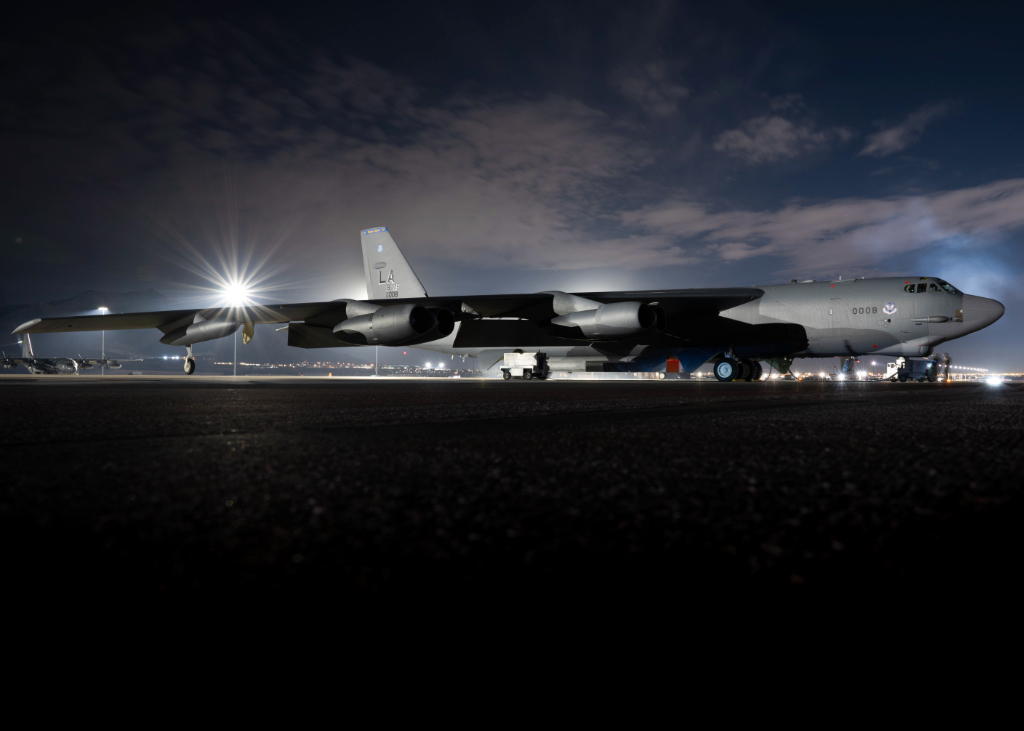
During the exercise, just like in real combat, every minute counts. This fast-paced training created a dynamic environment that required trainees to step outside their comfort zone to keep aligned with everyone involved in that top-notch military aviation exercise.
‘Communication is key. Understanding the mission, not just of the bomber, but of the other players in the fight is extremely important. It’s been awesome for the new crews to experience a high-tempo environment that is more congested than they’re used to. They typically go out and do other types of missions across the world, so doing this in this environment here at Red Flag in a large force environment is a great experience in preparation for the next missions they have.’ – said Col. Benjamin Jensen, deputy commander of the 5th Bomb Wing, USAF.
Remarks of Colonel Jensen reflect not only the value of the Red Flag training for his crews but also underscore broader role of the exercise in enhancing overall combat readiness.
‘The most rewarding part is seeing the team succeed. The true benefit for me is knowing that we have been able to preserve life and equipment to continue to defend our country because of the preparation that has happened here in peacetime.’ – added Colonel Jensen.
With more than 500,000 military personnel trained and more than 420,000 flights performed since its inception, legacy of the Red Flag exercise continues and evolves. The participation of allies from many countries is the foundation of this legacy, ensuring that joint and partner forces are ready to respond to threats anywhere in the world.
The exact dates when the next phase of the exercise, Red Flag 25-3, will take place were not disclosed yet, but most probably it will be organized already in summer of this year.
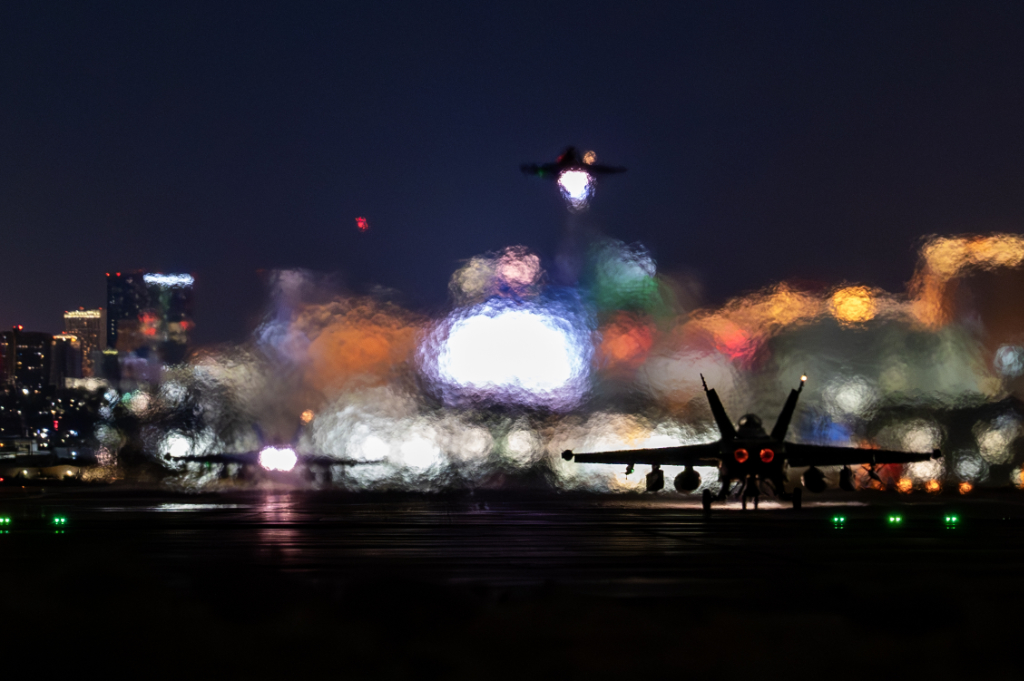
Cover photo: EA-18G Growlers from Electronic Attack Squadron 135 (VAQ-135), Naval Air Station Whidbey Island, Washington, arrive to Nellis AFB, Nevada, Jan. 22, 2025 in preparation for Red Flag-Nellis 25-1. (USAF photo by William R. Lewis)
All photos and quotations © U.S. Department of Defence (DoD). DoD information materials were used, in compliance with Public Domain licence. The appearance of U.S. Department of Defense (DoD) visual information does not imply or constitute DoD endorsement.

